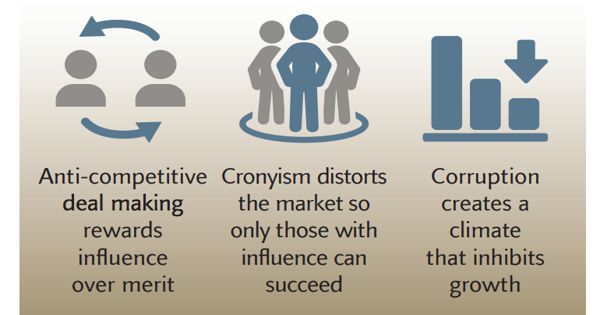The nudge theory may be simple to put into practice. However, it can be ineffective and even counterproductive. The nudge theory, like any other modern theory, has its detractors. Many people believe it is a form of brainwashing or coercion that forces people to do things they don’t want to do.
To avoid negative consequences, keep in mind that nudges should only be used to guide helpful behavior and protect freedom of choice. They should not be used to force people into unfavorable situations or as a form of punishment. In other words, workplace perks such as an employee of the month program may help nudge your employees into more proactive behaviors in order to receive the award. However, this may not work for those who work differently, so it is critical to think ahead.
Disadvantages of Nudge theory –
(1) Getting it right is not always easy
While nudging has overwhelmingly positive effects, using it effectively is far from simple. Before implementing a nudge, many factors should be considered, including the extent to which it could have a positive impact.
For example, the UK government made it mandatory for people who work a certain number of hours to contribute to a pension scheme. Because this pension scheme was the bare minimum that one could contribute to, it was unlikely to provide them with financial security after retirement. However, because they were paying for this minimum pension scheme, many people assumed the issue was taken care of for them and did not sign up for better ones, implying that the nudging intervention backfired.
Nudging can be difficult to implement in areas such as environmental protection and increasing sustainable behaviors. For example, some researchers discovered that by placing a dummy set of eyes above a light switch, they could encourage people to turn off the light more frequently when leaving the room.
While this is an intriguing finding, given that many people now use energy-efficient lightbulbs, these interventions may have little overall impact on climate change and emissions. Worse, such visible interventions allow people to reassure themselves that they are “doing their part” and can divert attention away from other, more significant changes that they could make.
(2) Unexpected outcomes
One of the reasons why nudging is difficult to implement is that its outcomes are not always predictable. Even when the behavioral effects of intervention appear obvious, nudging can backfire and even produce completely opposite results.
One project, for example, aimed to reduce the average household’s energy consumption by sending out letters informing people of how much they were using in comparison to others in their neighborhood. While these letters prompted some high consumers to reduce their energy consumption, they also had unanticipated consequences, with people who discovered they consumed less energy than others in their area increasing their consumption.
In some of my own work with the Financial Conduct Authority, I investigated how people react to financial product advertisements. In the United Kingdom, such promotions are strictly regulated and must include relevant warnings about the potential risks of the investments and loans they are attempting to sell. While this should result in better-informed consumers who examine and avoid risks more carefully, we discovered that it can have the opposite effect.
Surprisingly, we discovered that when these ads were displayed on a price comparison website, the risk warnings caused consumers to perceive all products as more similar. They then spent less time shopping around and more time learning about the products. This led to people choosing investments or loans that were worse or less appropriate for them.
(3) Inappropriate use
Nudging should ideally be used to encourage people to make wiser, healthier, and overall better decisions that benefit both them and those around them. However, nudging is sometimes used in ways that do not always benefit individuals or consumers. For example, when developing deceptive marketing strategies to encourage people to purchase a specific product. Interventions aimed at increasing people’s motivation and performance at work can backfire in some cases, particularly if they place too much emphasis on competition in a collaborative environment, such as bonus schemes or incentives for individual employees.
When attempting to improve productivity through nudging, it may be wiser to offer collaborative teamwork incentives that encourage employees to perform well as a group. Nudging has evolved into an efficient and low-cost method for policymakers and organizations to persuade people to do the right thing. However, when developing new interventions, it is critical to consider the potential disadvantages of nudging, as this can help to significantly mitigate against unexpected outcomes and undesirable effects.
















